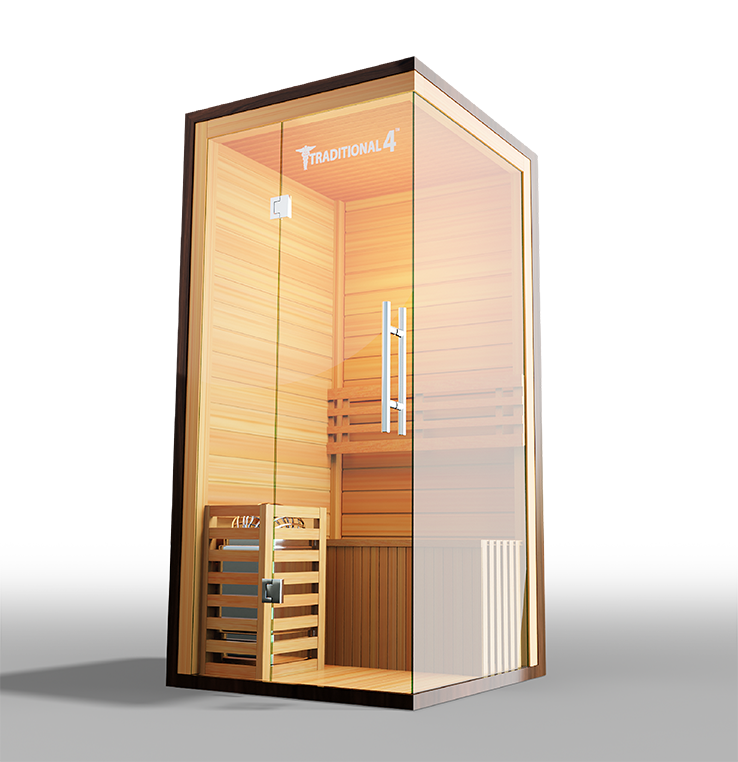The Main Principles Of Traditional Sauna
Table of ContentsTraditional Sauna for DummiesThe Traditional Sauna PDFsThe Facts About Traditional Sauna RevealedThe Buzz on Traditional SaunaMore About Traditional Sauna
The majority of the weight lost in a sauna is water loss and is re-gained upon rehydrating. However, undoubtedly sauna can be an important component of a healthy and balanced fat burning program. To check out the differences in between standard and IR saunas, I will divide these into proven, academic, and fabricated differences.
Hence, the best factor in the saunawhich goes to the ceiling straight above the sauna heateris normally between 185 and 190 F. Claims that a traditional sauna exceeds 200 F is just not true and not applicable for electrical saunas sold in the United States. The temperature for a far-infrared sauna is generally established in between 120 and 140 F; nevertheless, unlike the traditional sauna, the objective in and IR room is not to accomplish a high temperature.
Since of this, the temperature difference is virtually unimportant, since excessive sweating causes both sauna types, however the approach of heating the body is various. In an IR sauna the bather will feel warm and will sweat profusely, yet at much lower temperature levels (Traditional Sauna). Thus, if the goal is to invest longer time periods in the sauna, the IR sauna is a great selection
When a traditional sauna has been effectively heated, the sauna walls are cozy, the air temperature level has actually achieved set temperature level and the rocks are extremely heated. As a fascinating side note, the warmed wall surfaces and the rocks are releasing far-infrared warmth, combined with the heated air, to produce an "enveloping warm".
Everything about Traditional Sauna

When the heat is attained, the components cycle on and off to preserve the heat. Most traditional sauna customers appreciate pouring water over the rocks to create vapor to increase sauna humidity degrees. The advantages of pouring water over the rocks consist of: making the space much more comfortable, dampening the nasal passages, and allowing the usage of aromatherapy by mixing important oils with the water.

When the energy goes into the body, it causes the body temperature level to raise and ultimately results in sweat. In an infrared sauna it is very important for the emitters/heaters to remain on almost frequently. Considering that there is no mass of rocks to retain warm, the sauna will cool if the emitters shut off.
As discussed above, the sauna bather in an infrared area intends to position himself in front of running emitters to get maximum his explanation take advantage of the warmth. The heating time for the 2 spaces can be very various, depending on exactly how the areas are made use of. For a standard sauna, a bather needs to enable 30-40 mins for the area to achieve a desired temperature level and to correctly pre-heat the rocks.
Excitement About Traditional Sauna
A well constructed sauna will commonly achieve a temperature of 150-160 F in about basics 30-40 minutes. For hotter temperature levels, the room may require to heat for a longer duration.

Standard saunas tend to be larger (hence utilize more power) than infrared saunas, although typical saunas are definitely available in one and two person sizes. For a two-person typical sauna, 5x6 or 5x7 size is most preferred. The top bench can comfortably seat 2 or three individuals and is also enough time to relax throughout the sauna session.
Traditional Sauna for Dummies
The average price per kWH of electricity in the U.S. is roughly $0.11, so a 4.5 kW heating system will certainly set you back approximately $.50 to run for one hour, if the heating unit runs constantly for one hour. Typically a our website sauna heater will run for 75% of the very first hour and 50% of succeeding hours on because the elements cycle once the set temperature is achieved.

Ultimately, there is a seldom discussed distinction in the social experience in between both areas. While our society has actually lost several of the social advantage of the traditional sauna experience, it can be extremely socially fulfilling (Traditional Sauna). From household time in the sauna, to heart-felt discussions with loved ones, to sauna partiesthe standard sauna experience can bring about intimate socializing
The Facts About Traditional Sauna Uncovered
The majority of higher end infrared areas include tinted light treatment, noise systems and full-glass fronts.
Comments on “The Buzz on Traditional Sauna”